Correctly using electrical measuring instruments is an essential skill for circuit maintenance and repair. What instrument should we choose for different usage scenarios?
1. Multimeter
A multimeter is a versatile electrical measuring instrument, commonly used by electricians, electronics technicians, and in the production and maintenance of electrical equipment. It can measure direct current, direct voltage, alternating current, alternating voltage, resistance, and audio levels. There are many types of multimeters, but they can generally be divided into analog and digital types based on the display method.
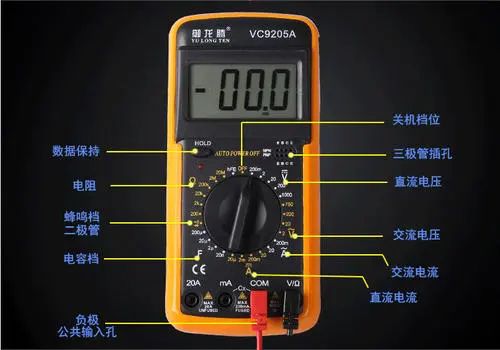
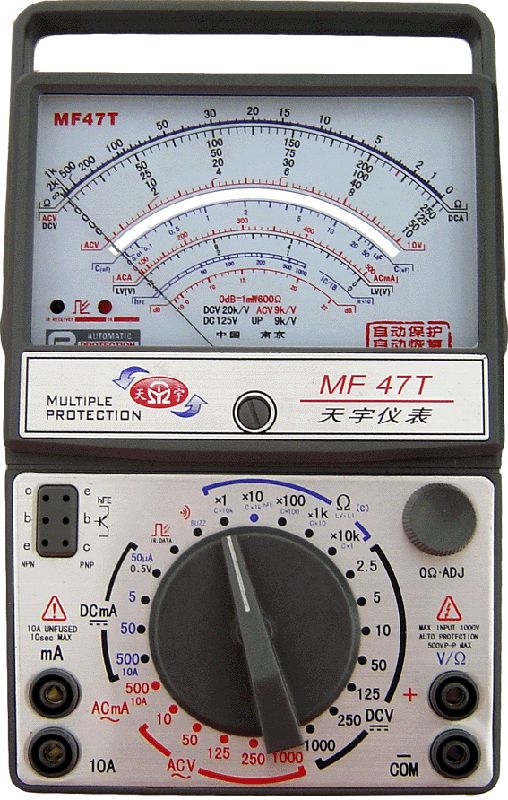
2. Energy Meter
An energy meter is used to measure alternating current energy. Energy meters can be divided into active energy meters and reactive energy meters based on their purpose, and into single-phase and three-phase meters based on their structure.
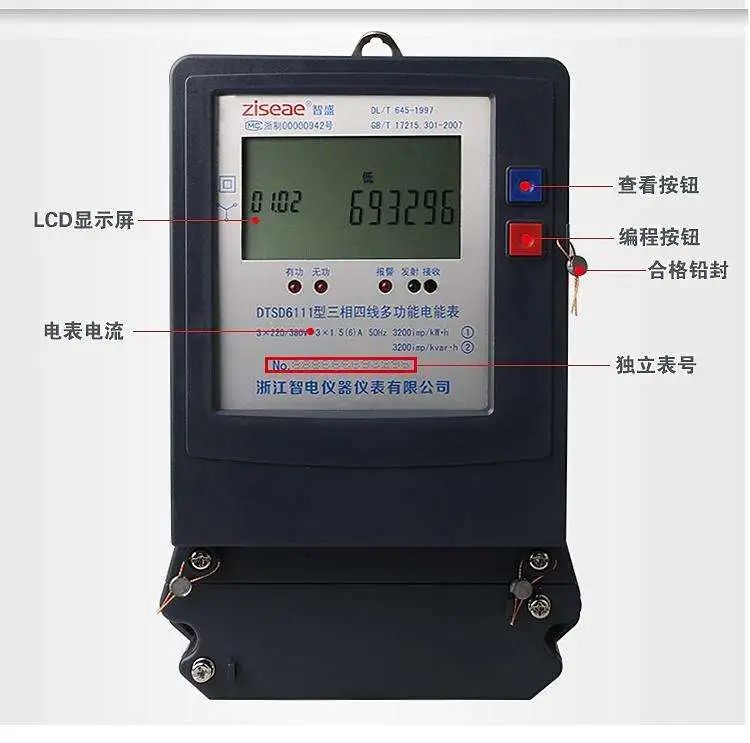
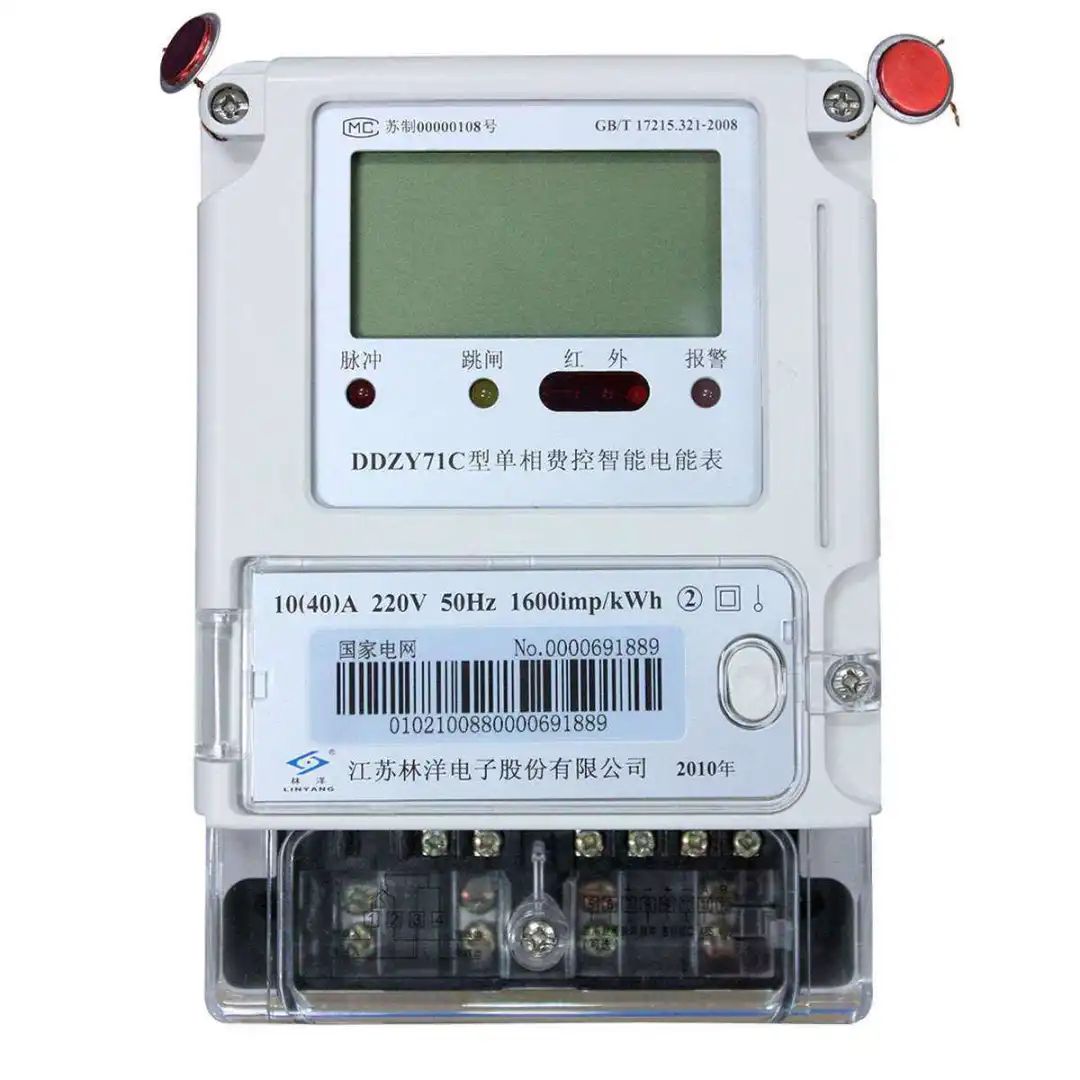
3. Clamp Meter
A clamp meter, also known as a clamp-on ammeter, is one of the commonly used instruments for electricians, mainly used for measuring alternating current. Its greatest advantage is that it can measure current without disconnecting the circuit, making it very flexible and convenient to use. However, its measurement accuracy is relatively low, generally at 2.5 or 5.0 levels.
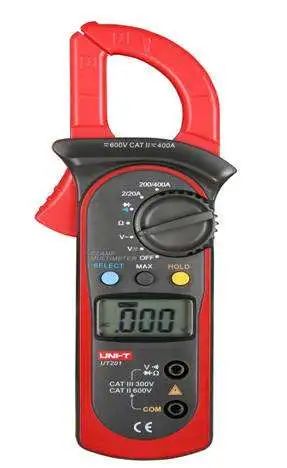
4. Megohmmeter
A megohmmeter, also known as a shaking table or high-resistance meter, measures insulation resistance of electrical equipment and circuits, with readings in megohms. It primarily consists of three parts: a small capacity, high voltage output hand-cranked generator, a magnetic electric current ratio meter, and connection terminals.
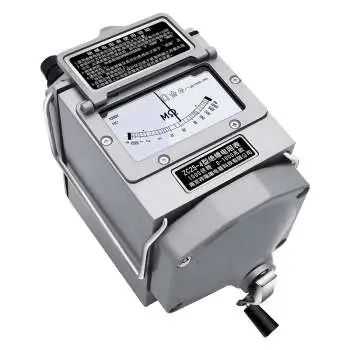

Contributed by: Liu Shufeng
Edited by: Jiang Qicheng
Guided by: Liu Yuanyuan

















